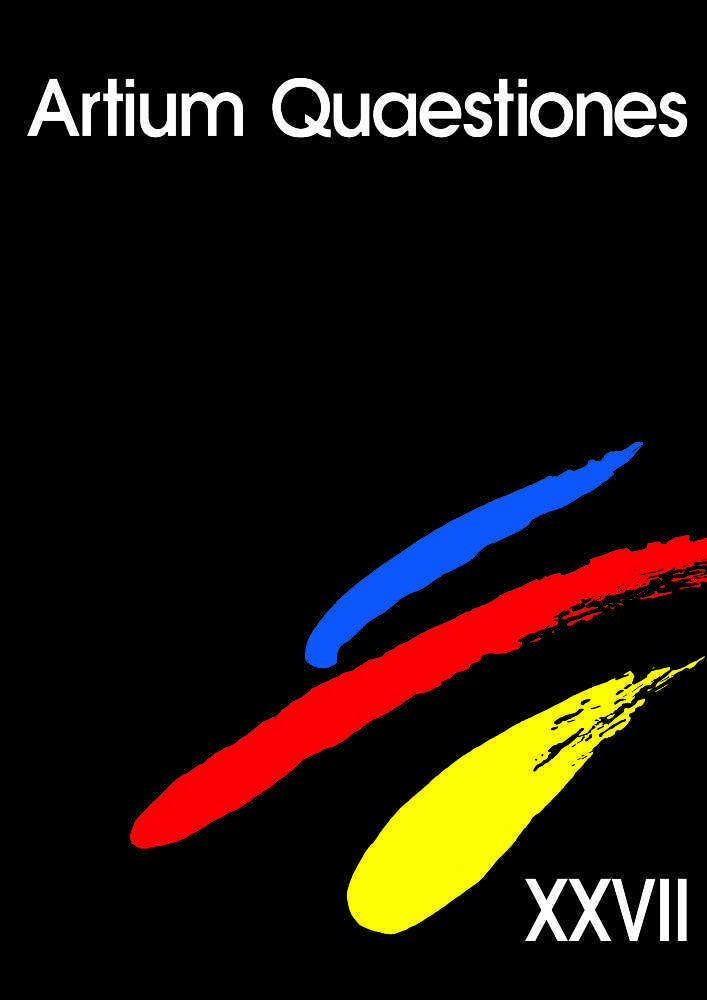Abstrakt
The so-called faraglioni painting (Faraglioni-Landscape), painted in ca. 1837 byCarl Blechen (1798-1840) and held at the National Museum in Poznań is one of hismost unusual achievements. What can be seen in the picture are rocks protrudingnear the shore of Capri, the so-called faraglioni – a characteristic motif of romanticpainting. Still, Blechen was interested in more than just a mimetic representation ofthe rocks. Experimenting with extremely changing light, he intended to find the limits of visibility. Such attempts at playing with optical phenomena were typical for his works painted after his visit in Italy in 1829/1830. Examining color effects conditioned by changes of light was for Blechen a kind of necessity. It should be remembered that dioramas were particularly popular in that period. In Berlin they were shown, among others, by the Gropius brothers for whom, according to the records, Blechen was working. In dioramas, illumination from the back was just as obvious as presenting pictures in changing light. Blechen found the changing intensity of illumination interesting, which can be seen in his paintings.
Licencja
Prawo autorskie regulowane jest oświadczeniem autora przygotowanym przez Wydawnictwo Naukowe UAM a od nr XXVIII także umową licencyjną na publikację online zawartą pomiędzy Autorem i Uniwersytetem im. Adama Mickiewicza. Autorzy ponoszą odpowiedzialność za oryginalność zamieszczanego materiału tekstowego oraz regulację praw autorskich dotyczących materiałów ilustracyjnych. W przypadku, gdy materiały pochodzą od redakcji – odpowiedzialność ponosi redakcja czasopisma.
Ten utwór dostepny jest na licencji Creative Commons Uznanie autorstwa - Użycie niekomercyjne - Bez utworów zależnych 4.0 Międzynarodowe.
